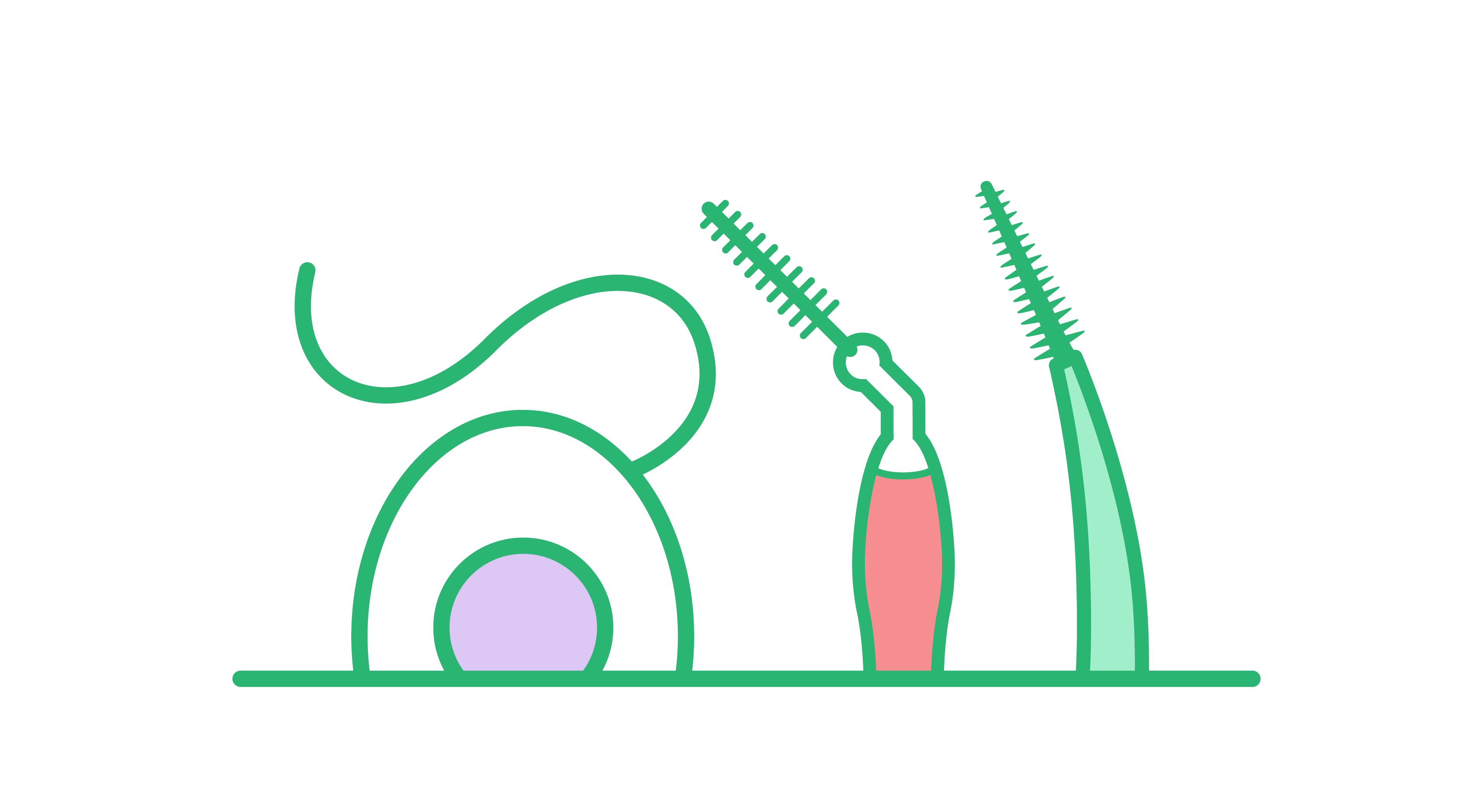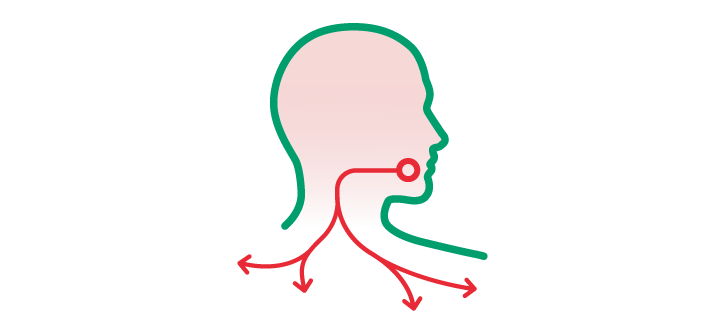Benefits of Flossing: Achieve Your Healthiest Smile
Interdental cleaning is an essential part of a complete oral hygiene ritual. This important step helps dislodge food particles and remove plaque and bacteria that can accumulate between the teeth.

While there are a variety of tools and methods available for cleaning between the teeth – interdental brushes, rubber interdental picks, sonic picks, water flosser and dental floss – we wanted to take a closer look at that last category, as it is historically one of the most common and popular.
Let’s explore the benefits of flossing, the types of floss available, and flossing best practices.

Interdental cleaning: which tools to use?
Flossing is the most common term used to describe the process of interdental cleaning, or removing food particles and plaque from between the teeth and along the gumline. However, flossing is not the only solution for interdental cleaning.
Interdental brushes and dental picks offer alternative options that can be even more effective (and simpler to use) in achieving a clean and healthy interdental area. It is recommended to consult with a dental professional to determine which tool or combination of tools is most suitable for your specific dental needs and preferences.
Let’s take a quick look at the three primary tools used to clean between the teeth.
Dental floss
Dental floss is perhaps the most well-known and widely used tool for interdental cleaning. It consists of a thin, thread-like material that is inserted between the teeth and moved up and down to remove food particles and plaque. Dental floss is available in various forms and different thicknesses to accommodate different needs. It is effective in reaching tight spaces and cleaning along the gumline, making it a popular choice for many people.
However, effective flossing requires using the proper technique, and research has shown that it often doesn’t work as well as other tools due to inconsistent technique.
Still, floss may be a necessary part of your oral health toolkit if your tooth spacing makes other solutions difficult or impossible to use. It’s best to consult with your dental professional for advice on which floss to use and what the recommended technique is for your particular dental needs.

Sonic picks
Sonic picks, also known as water flossers or oral irrigators, are an alternative tool for interdental cleaning.
These devices use a pulsating stream of water or mouthwash to flush out debris and plaque from between the teeth and along the gumline. Sonic picks are typically handheld and feature a reservoir of water or mouthwash that is pumped through a small tip or nozzle.
The pulsating action of the water helps dislodge and remove food particles from hard-to-reach areas. Sonic picks can be particularly beneficial for individuals with sensitive gums or dental work, as they provide a gentle yet effective cleaning action.
Prevents tooth decay and gum diseases
Flossing helps remove plaque and bacteria that can lead to tooth decay and gum disease.
When food particles get stuck between the teeth, they can lead to the build-up of plaque, a sticky film of bacteria that can harden into tartar. Tartar can only be removed through professional dental cleaning. Left untreated, it can lead to gum disease.
Regular flossing keeps the spaces between teeth and around the gumline free of debris and bacteria.
Reduces bad breath
Bad breath, also known as halitosis, is often caused by the build-up of bacteria in the mouth.
When food particles and bacteria are left to accumulate between the teeth, they can cause a foul odour. Flossing helps remove these particles, reducing the risk of bad breath.
Improves overall health
The benefits of flossing and preventing gum disease go beyond just oral hygiene. Studies have shown that oral health is closely linked to overall health. Poor oral hygiene has also been linked to an increased risk of heart disease, stroke, and other health problems.
As a method of interdental cleaning, flossing helps improve oral health, which in turn can lead to better overall health.

How to floss properly
To maintain a healthy oral care ritual, follow these best practices for interdental cleaning when using floss.
Follow proper technique
Research shows that floss can be effective, but only if the correct technique is used, as directed by your oral care professional. They will be able to help you adopt and maintain the right flossing technique. Here are a few tips from our own dental professionals to get you started:
- Using 35-40 cm of floss, wrap the floss around each middle finger, keeping a short section taut between your thumbs and index fingers.
- Gently slide the floss between your teeth.
- Gently slide the floss up and down in a zig-zag pattern.
- Floss just under the gum line, using an up-and-down motion.
- As you work around your mouth, use clean sections of floss as you go.
Don't rush
Interdental cleaning is an important part of your oral hygiene routine and should not be rushed. Flossing can take a bit longer than other methods of interdental cleaning. Plan to spend a few minutes each day cleaning between your teeth.
Use the right tools
Using the right floss for the job will ensure you are getting the deepest clean possible. SUNSTAR GUM offers a range of floss products designed to make interdental cleaning easy and effective.
Variables to consider when selecting the optimal floss for your teeth include:
- Tight spaces between teeth
- Wide spaces between teeth
- Dental work such as crowns or bridges
- Dental appliances such as braces or permanent retainers
Be consistent
Flossing should be done at least once a day, preferably before bedtime. We recommend flossing before brushing and before using a mouth rinse, as it helps remove debris from between teeth that brushing may otherwise miss.
Enjoy the benefits of flossing and great oral health
Flossing contributes to overall better health by preventing tooth decay, gum disease, and bad breath, as well as reducing the risk of developing serious health issues.
Incorporating flossing into a daily oral hygiene routine promotes healthy teeth, gums, and overall well-being.











